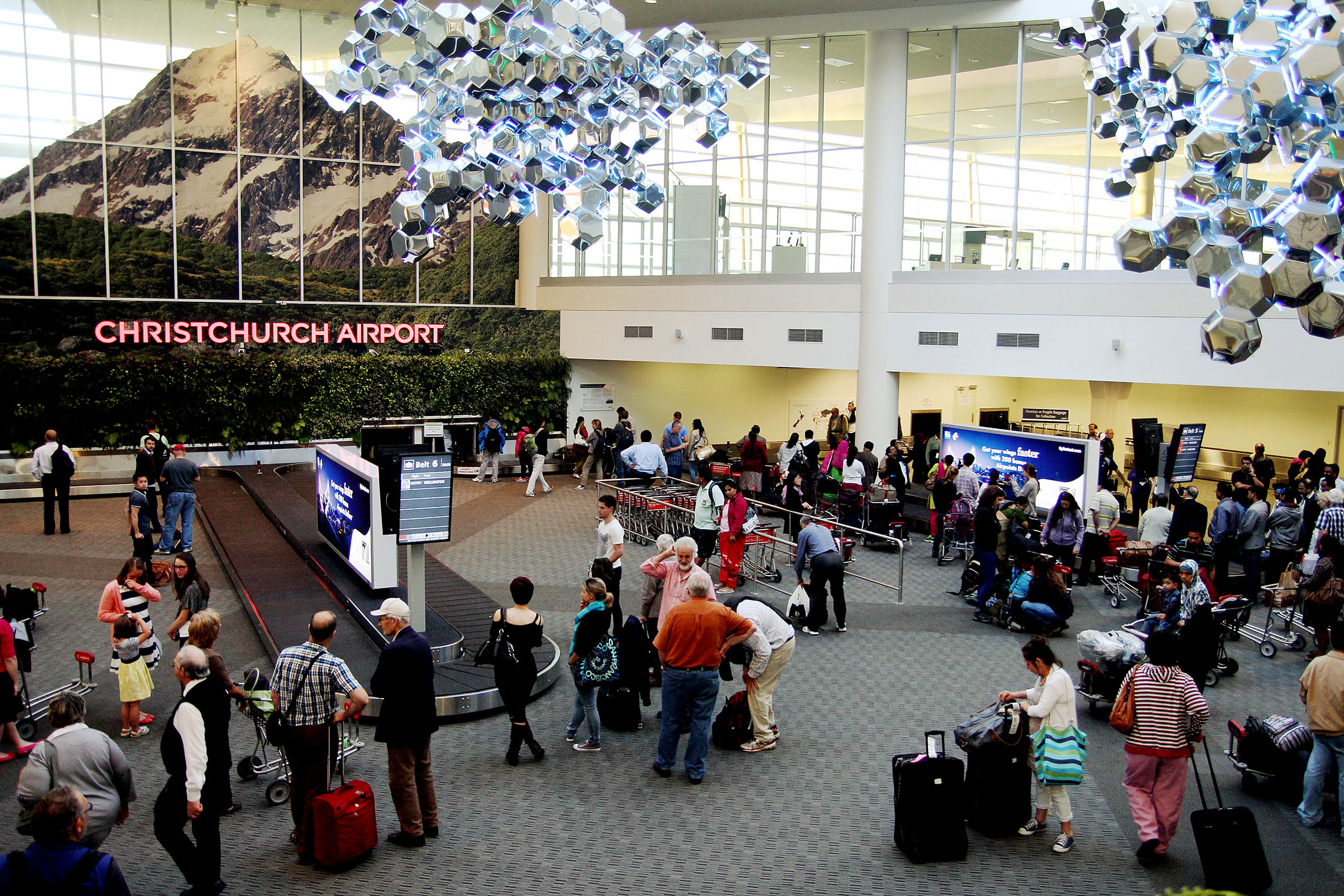
The Aviation Security Service is in the process of hiring a team to work in the public and passenger-only parts of the terminal.
It comes after a successful year-long trial at Auckland International Airport.
The behavioural detection officers will watch for people showing signs of unusual and anomalous behaviour.
If they detect certain behaviours, the officers then engage with the individuals to ensure they have a legitimate reason for being at the airport and don't pose a safety threat.
Border agencies in other parts of the world also use behavioural detection techniques.
The New Zealand programme is the most developed in Australasia, an Aviation Security Service spokesman said.
It has ongoing support from a multinational working group, including behavioural science experts.
In the United States, there has been controversy over the programme, with some believing it encourages profiling based on race, ethnicity and religion.
A Department of Homeland Security document leaked to US media in 2015 revealed a checklist of 94 behavioural indicators its BDOs searched for, such as exaggerated yawning, excessive throat clearing, widely open staring eyes, exaggerated emotions and improper clothing attire.
Others included having a pale face from recently shaving a beard, excessive complaints about the screening process, whistling while approaching the screening process, gazing downwards, appearing not to understand questions, exaggerated or repetitive grooming gestures, rubbing or wringing of hands, appearing to be in disguise and arriving late for a flight.
An Aviation Security Service spokesman said its BDOs would never make assessments based on the race, gender, or physical appearance of passengers.
Due to security implications, the spokesman was unable to say what behavioural indicators might be searched for at New Zealand airports.
"Our officers understand that flying and navigating airports can at times be a stressful experience for travellers. So they take that into account and look for a wide range of anomalous behaviour, which you wouldn’t normally expect to see in an airport setting," he said.
The successful trial at Auckland International Airport led to the permanent establishment of an Auckland team.
"The team successfully identified a range of people exhibiting suspicious behaviour who were of concern to law enforcement agencies.
"These people included an outgoing passenger who was trying to travel with more than 500 credit cards, and others trying to carry significant amounts of undeclared cash, as well as illegal drugs."













